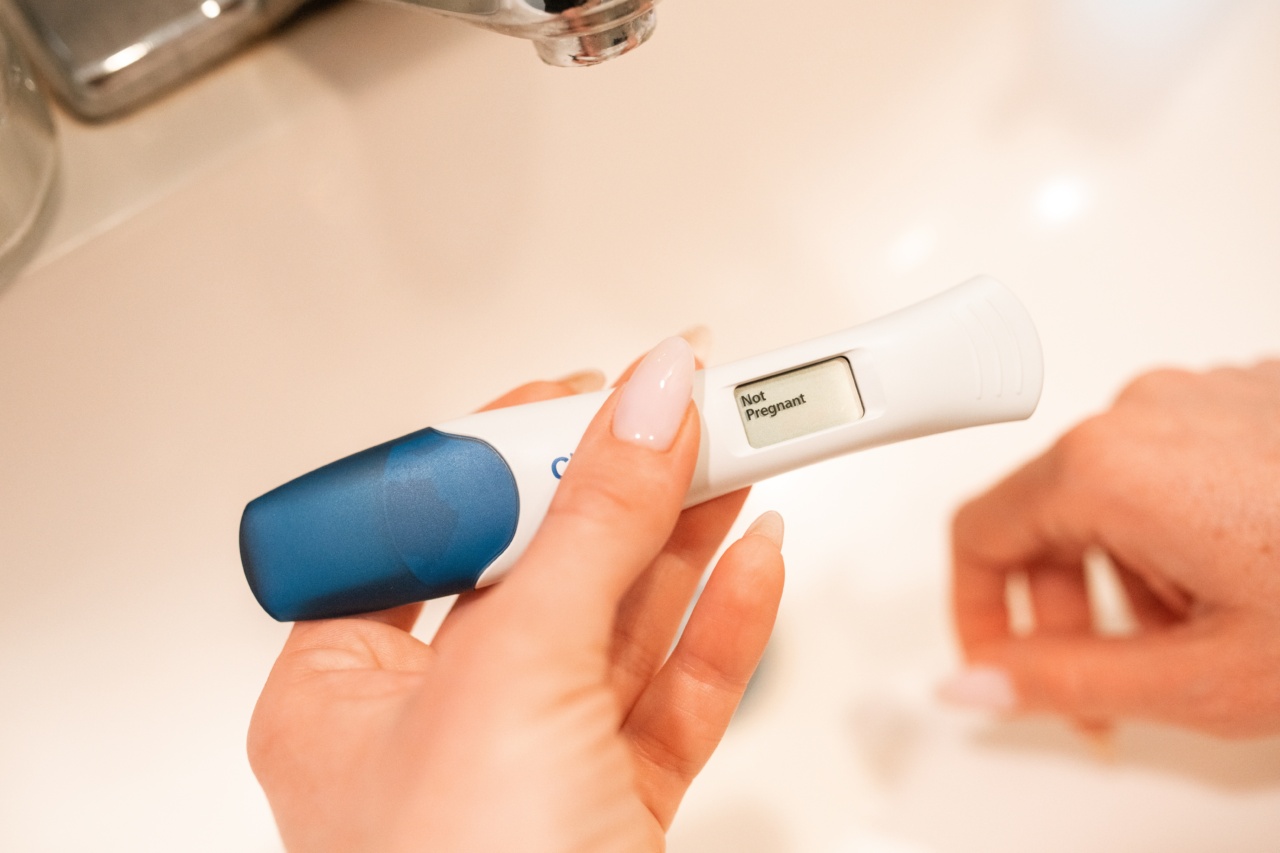Appendicitis is the inflammation of the appendix, a small pouch-like organ located in the lower right side of the abdomen.
While it can occur in people of all ages, it is essential to recognize appendicitis symptoms in children as they may present differently than in adults.
Common Signs and Symptoms
Appendicitis in children often starts with abdominal pain. However, pinpointing the exact location of the pain can be difficult for young children. Other common symptoms include:.
- Loss of appetite: Children with appendicitis may experience reduced appetite or refuse to eat altogether.
- Nausea and vomiting: These symptoms are often present along with abdominal pain.
- Fever: A low-grade fever is common in children with appendicitis.
- Constipation or diarrhea: Changes in bowel movements may occur in children with appendicitis.
- Abdominal swelling: The belly may appear bloated or swollen in some cases.
- Pain during urination: Some children may experience pain while urinating, which can be due to the inflamed appendix putting pressure on the bladder.
Diagnosing Appendicitis in Children
Physical Examination: When a child presents with symptoms suggestive of appendicitis, a healthcare professional will conduct a thorough physical examination.
They will look for signs such as tenderness in the lower right abdomen, abdominal rigidity, and a positive psoas sign (pain with right hip extension).
Laboratory Tests: Blood tests may be ordered to check for elevated white blood cell counts, which can indicate an infection or inflammation. However, these tests alone cannot confirm the diagnosis of appendicitis.
Imaging Studies: To further evaluate the condition, imaging tests are often recommended. These may include:.
- Ultrasound: Ultrasound imaging can help visualize the appendix and determine if it is inflamed.
- CT Scan: CT scans provide detailed images of the abdomen and can help diagnose appendicitis.
- X-ray: Although not commonly used, an X-ray may be performed to rule out other potential causes of abdominal pain.
Treatment Options
Appendectomy: The primary treatment for appendicitis is surgical removal of the inflamed appendix, known as an appendectomy.
It is usually performed as an emergency procedure to prevent the appendix from rupturing and causing a potentially life-threatening infection.
Laparoscopic Appendectomy: In many cases, a laparoscopic approach is used for appendectomies in children.
This minimally invasive technique involves making several small incisions in the abdomen through which special surgical tools and a camera are inserted. The surgeon can then remove the appendix with precision.
Open Appendectomy: In certain situations, such as if a ruptured appendix is suspected, an open appendectomy may be necessary. This procedure involves making a larger incision in the lower right abdomen to remove the appendix.
Post-Surgery Care: After an appendectomy, children will need time to recover. Pain medications may be prescribed to manage any discomfort. It is crucial for children to rest and avoid strenuous activities during the healing process.
Complications and Outlook
Most children recover well from appendicitis after a successful appendectomy. However, complications can occur, including:.
- Infection: Infection can develop at the site of the incision or within the abdomen.
- Abscess: Sometimes, a pocket of pus may develop near the appendix.
- Peritonitis: This is a severe infection that can occur if the appendix ruptures, leading to widespread inflammation in the abdomen.
With prompt diagnosis and appropriate treatment, the outlook for children with appendicitis is generally excellent.
It is important for parents and caregivers to seek medical attention if they suspect their child may have appendicitis to minimize the risk of complications.




























